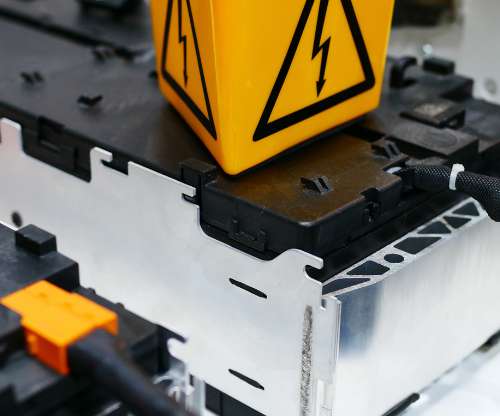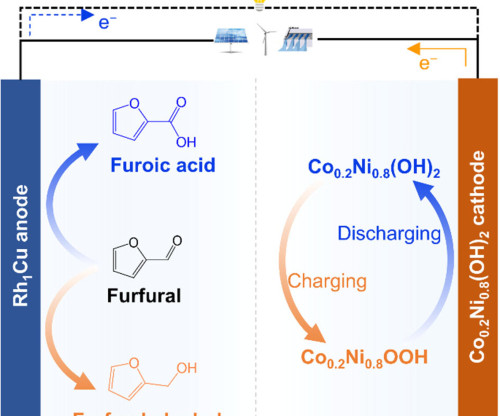JERA and Toyota deploy first large capacity Sweep Energy Storage System with second-life batteries
Green Car Congress
OCTOBER 28, 2022
The project plans to operate grid storage batteries for recharge and discharge operations, connected to the Chubu Electric Power Grid Co., The 485 kW / 1,260 kWh facility will comprise lithium-ion batteries, nickel metal-hydride batteries, and lead-acid batteries.























Let's personalize your content